Category: Arts in the Digital Age
-
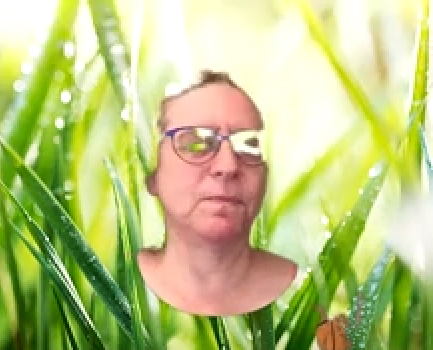
The Uncanny Valley of Zoom backgrounds
We’ve all been talking about the Zoom experience. How it’s slightly off from the in-person experience, in ways that can be disorienting and exhausting. Yet, in the months since COVID-19 changed everything, we’ve also embraced it, as something that’s not just useful, but offers a close substitute to being in the…
-
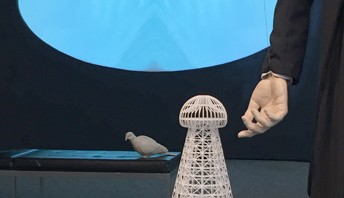
An elegy for Tesla
Jeanne Jaffe’s ambitious Elegy for Tesla is a high-tech, dreamlike and heartfelt meditation on Nikola Tesla, the legendary scientist and inventor. Jaffe’s multimedia installation fills the Rowan University Art Gallery with videos and sound, 3‑D printed models of his iconic inventions, and animatronic, motion-activated figures of Tesla that move and, in…
-
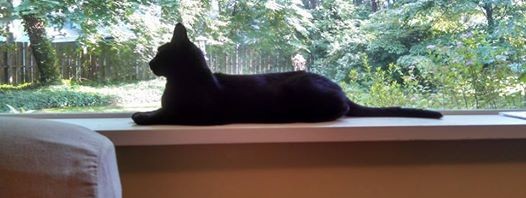
Upholding Isis
During a hiatus from feline companionship last year, I daydreamed about naming our next cat Isis—after the goddess Isis so central to the religion of ancient Egypt, which is also known for its reverence for cats. Then came the news reports from Iraq and Syria about the horrifying actions of a terrorist militia…
-
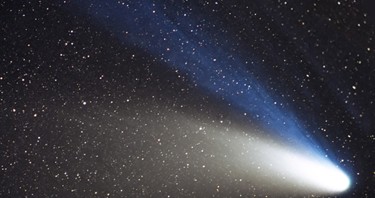
Asteroid Sighting
The Asteroid Belt Almanac celebrated its launch yesterday, at a great event put together by the publishers, The Head & the Hand Press. Great venue too — Indy Hall, a loft-style co-working space in Old City Philadelphia for tech workers, startups and other creative folks. I’m so happy to be part of this…
-

Mark Twain & Crowdfunding
I’ve just written a guest post for The Head & The Hand Press, considering how Mark Twain’s innovations in publishing could be seen as a precursor to the growing trend of crowdfunding for books. Twain/Clemens thought outside the box not only in his writing, but in the business of books. Twain’s passion for innovation…
-
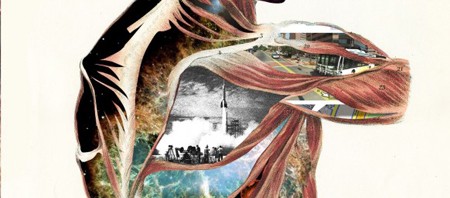
The Asteroid Belt Almanac
What if Poor Richard’s Almanac were reimagined for today? The Asteroid Belt Almanac, coming soon from The Head and the Hand Press in Philadelphia, is all about using this homey literary form to help us imagine the futures we’re moving toward. The old Farmer’s Almanac offered stories and interpretations of the…
